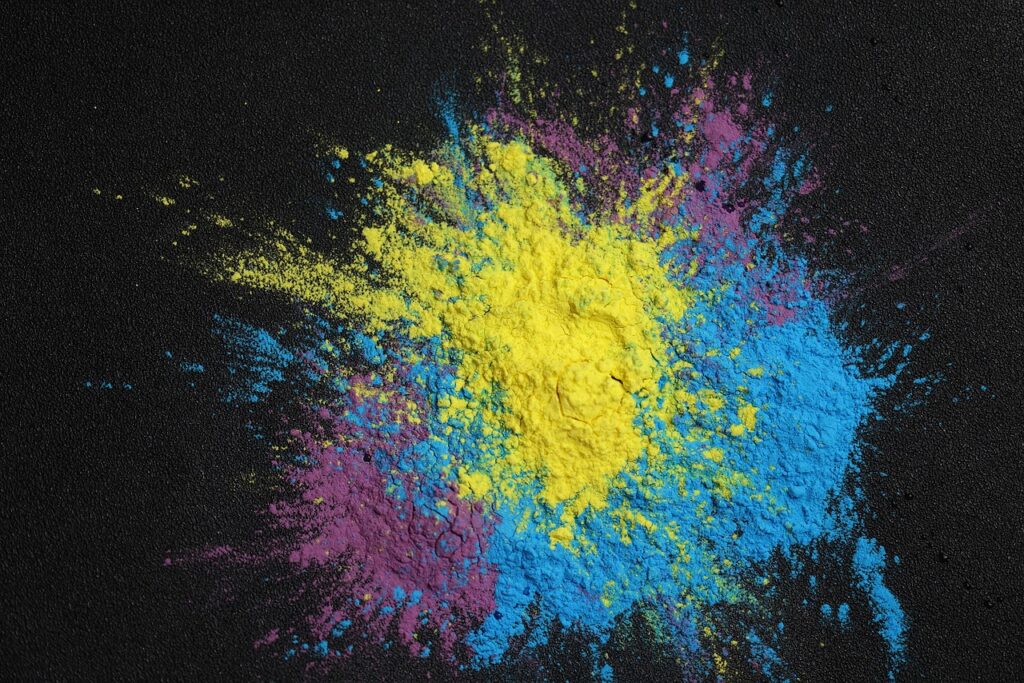Polyether silicone oil dispersants are widely used in industry. They can effectively improve the processability, stability and product performance of materials. This article aims to introduce readers to the relevant knowledge and usage of this dispersant in detail through a problem-analysis-solution structure.
Let’s look at the basic concepts of polyether silicone oil dispersants. It is a surface-active substance that can adjust the interfacial tension between different substances at the molecular level, thus promoting the mixing and dispersion of immiscible substances. In industrial production, whether it is coating, ink or plastic processing, it is inseparable from its help.
We also encounter some problems when using polyether silicone oil dispersants. For example, how to choose a dispersant that suits your needs? How to ensure that its effect is maximized? These are all problems that need to be solved in actual operation. For the selection issue, we need to consider multiple factors such as the nature of the dispersion medium, the type of stable system required, and processing conditions. Different polyether silicone oil dispersants have different chemical structures and functions, so the appropriate product must be selected according to the specific application scenario.
As for how to ensure the best effect of polyether silicone oil dispersant, this usually involves technical points such as the amount of dispersant added, the timing of addition, and the use with other additives. Correct operating methods can not only improve production efficiency, but also avoid material performance degradation caused by poor dispersion. Next let’s analyze a specific example. Suppose that during the production process of a paint, due to uneven pigment dispersion, the coating has problems with color difference and uneven gloss. At this time, we can improve the situation by pre-dispersing the pigment and adding an appropriate amount of polyether silicone oil dispersant. By adjusting the type and amount of dispersant, the stability and construction performance of the coating can be significantly improved.
Solution section. In response to the above-mentioned problems, we can take the following measures: first, determine the best dispersant type and addition ratio through experiments; second, optimize the processing process to ensure that the dispersant can be added at the most appropriate time; third, improve production Personnel receive professional training to fully understand the working principles and usage techniques of dispersants.

